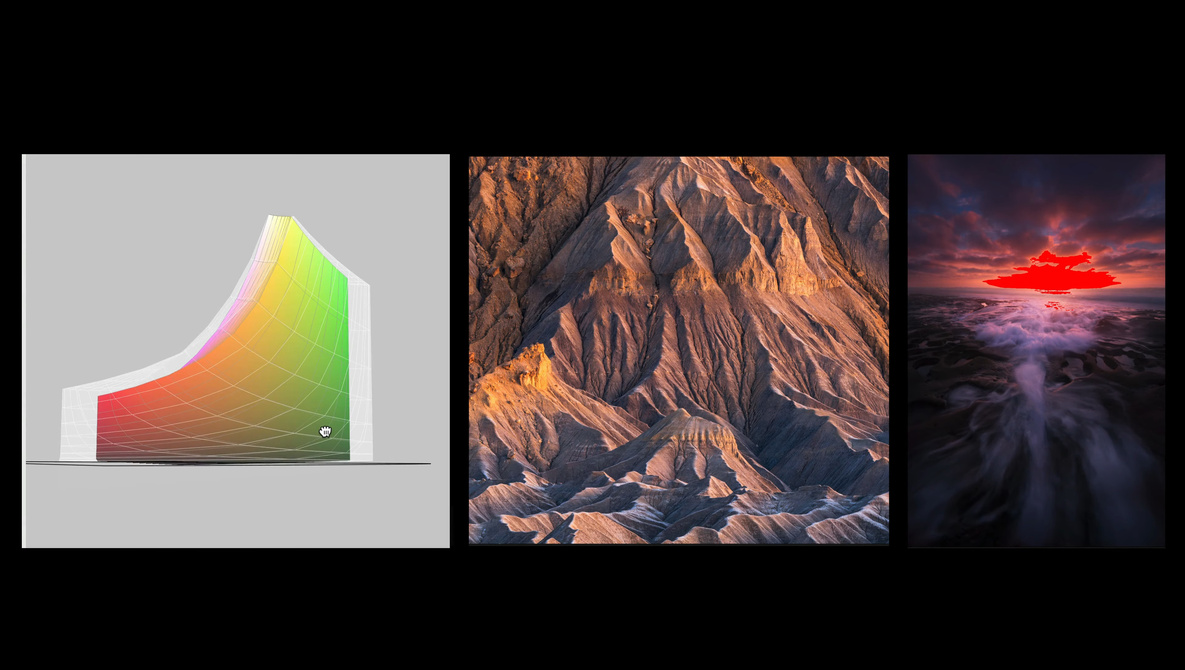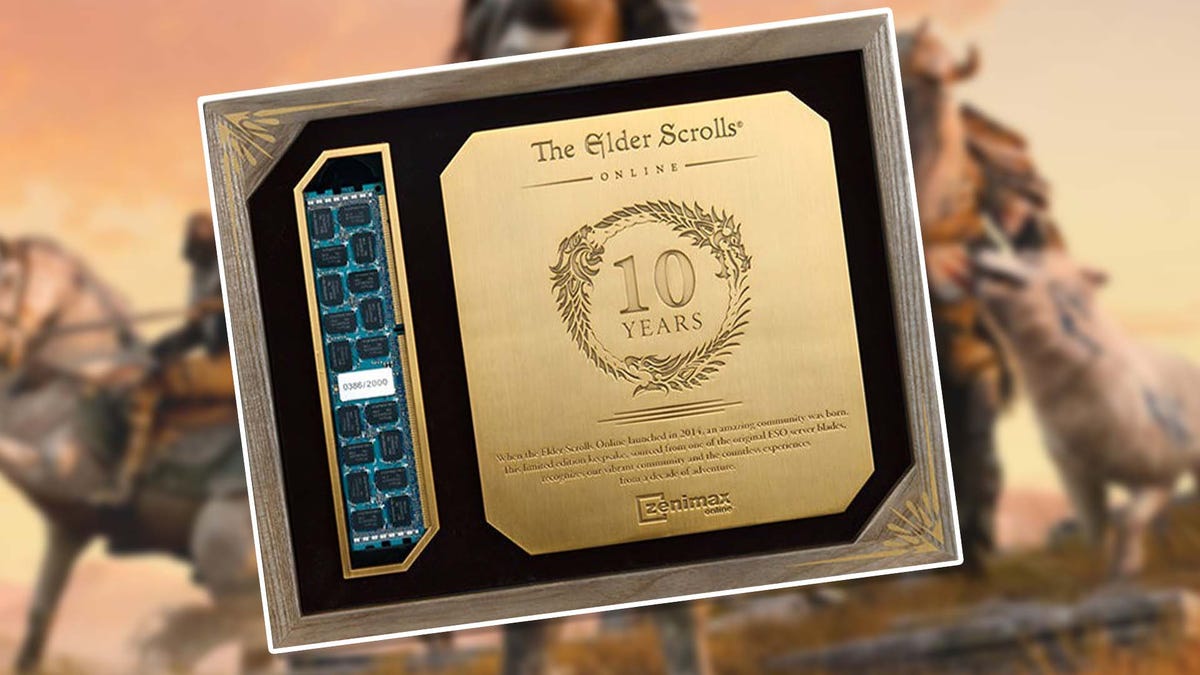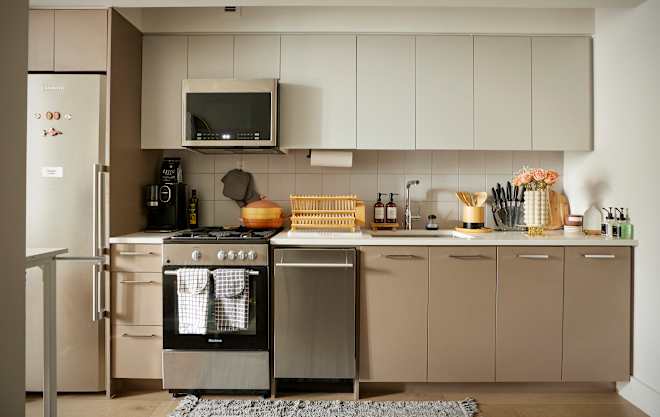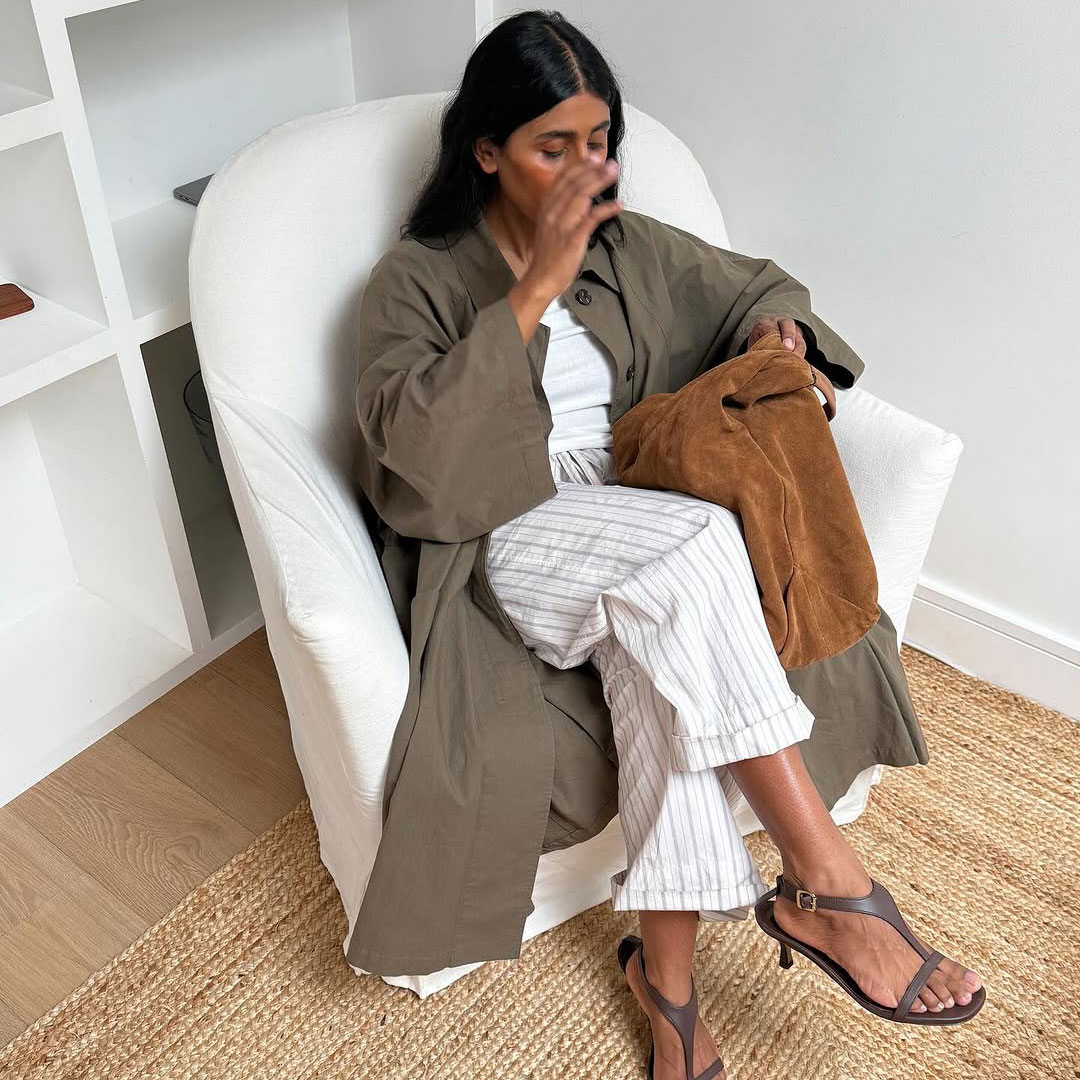The BenQ Mobiuz EX321UX is a Worthy Flagship 4K 144Hz Mini-LED Gaming Monitor
Although it requires significant tweaks and calibration, the BenQ Mobiuz EX321UX is a bold, bright, and vivid gaming monitor capable of great image quality and performance.


While OLED gaming monitors have dominated the headlines over the last year, another technology has quietly been gaining steam and appears ready to hit the mainstream. The BenQ Mobiuz EX321UX goes with a mini-LED display that sidesteps the burn-in risks of OLED and offers incredibly bright and vibrant 4K image quality and promising HDR. Retailing for $1,100, however, I wish it came better dialed-in out of the box.
BenQ Mobiuz EX321UX - Design and Features
BenQ compares the Mobiuz EX321UX design to a spaceship with its large 31.5-inch display housed in a white frame that contours along its back edge like a hull. The stand equally embraces those design sensibilities, connecting in the center of a vented hexagonal cut-out that also houses the I/O. It’s not gaudy or overdone, though, just stylized.
Its size is imposing, but is just about perfect for the experience BenQ promised to deliver. It uses a 4K (3840x2160) IPS panel backed with a dense array of mini-LEDs for impressive brightness and 1,152 local dimming zones. There’s also a quantum dot layer for richer colors and enhanced brightness.
In my experience, 32 inches is the sweet spot for 4K resolution in a monitor. When you are working with a 16:9 aspect ratio, it comes close to feeling like a big screen gaming experience without forcing you to rework your desktop setup or invest in a monitor mount to scrape an extra few inches of viewing distance. Anyone who has used a 40-inch or greater monitor or TV with their PC will know what I mean. The EX321UX, on the other hand, is big without being too big. It might feel that way at first but give it a couple of days and you may just come to love it.
On paper, the Mobiuz has a lot going for it. It's rated for 700-nits SDR brightness on average, but is also DisplayHDR 1000 certified to express bright highlights at a full 1,000 nits. Its 1,152 local dimming zones create a dense web of dynamic contrast that allows it to display much deeper blacks than normal IPS monitors can achieve. Considered with its crisp 4K resolution, 144Hz refresh rate, HDMI 2.1 support, and built-in KVM, you have a recipe for a pretty killer display that doesn’t run the risk of burn-in or looking dim in bright lighting.
While OLED monitors have been all the rage for more than a year now, they have some pretty significant drawbacks that the EX321UX doesn't suffer from. Because every pixel is self-emitting, OLED monitors can decay at different rates leading to image retention (or burn-in). These displays also limit maximum brightness to prevent excess energy draw and limit heat which can also diminish the lifespan of the panels. While manufacturers have come a very long way in preventing burn-in and minimizing potential risks, it’s not impossible that your very expensive gaming monitor could wind up damaged and returned on a warranty claim if you’re not careful.
Such isn’t the case with something like the Mobiuz EX321UX. While BenQ rates it for 700 nits in SDR, it can actually go significantly higher with custom settings. It's the first monitor I've tested where I run it at 40% brightness for day-to-day use. Turning it up much above halfway is downright eye-searing on any website or program that doesn't use a dark theme. It is able to run brighter at all times, regardless of picture preset or dynamic range setting, and can look stunning even in a brightly lit room. And burn-in is a non-issue that can be completely forgotten.
Looking for the right GPU for 4K gaming?
Check out our roundup of the best graphics cards to buy right now!
With the proper tuning, its local dimming feature also dramatically improves the dynamic range in both SDR and HDR. This comes with some trade-offs, however. I found that I had to manually adjust picture settings to make it as contrast-y as I prefer: not quite OLED level but better than IPS, VA, or anything but OLED (the next best thing, essentially). However, using some of its game-based picture presets can completely destroy any color, contrast, or brightness tuning you may have done – because of this, it's important to create custom presets for different purposes within its OSD.
One of the more unique tricks the Mobiuz EX321UX brings to the table is its so-called AI-based picture enhancements. These come into play with different presets – for example, you can choose a Fantasy preset that amps up colors and is supposedly tuned for fantasy titles, like Avowed or The Elder Scrolls V: Skyrim (my examples, not BenQ’s). Or, if you’re more of a Starfield or Mass Effect fan, you can turn on the Sci-Fi picture preset, which dials back saturation and adjusts contrast. The included modes are intended to emphasize the vividness and saturation of certain colors as well as tailor contrast levels intelligently based on what it's perceiving in the scene. The aim is to leverage BenQ’s deep study of color profiles for hundreds of games and allow the Mobiuz EX321UX to deliver a tailored experience to what you’re actually playing.
The issue is that it doesn’t always work well and color accuracy completely goes out the window. And though these presets may sound appealing for everyday use if you’re a fan of really vibrant colors, I can only recommend that they be entirely avoided outside of gaming. On some of my animated desktop wallpapers, Fantasy in particular became way over saturated and needed to be dialed back (see the picture above). This isn’t the intended use-case, so I’ve tried not to hold this against it unfairly, but it didn’t make the best first impression.
For better, but still not perfect accuracy, sRGB or P3 modes should be used. Both modes trade local dimming for accuracy, however, so if you plan to use it outside of gaming, you’ll need to create a custom profile. It’s easy enough to do, and because of how these presets and the AI contrast enhancement works, I would recommend doing that regardless. I have one for gaming and one for normal computer use sincetrying to use a single setting for both just winds up making everything look worse than it should.
Around the back, it features a rich set of connectivity options. There are three HDMI 2.1 ports that are capable of running both the PlayStation 5 and Xbox Series X at full 4K 120Hz. One of these even supports eARC for easy soundbar support, too. There’s also a DisplayPort 2.1 (UHBR10, 40 Gbps) connection, but since the HDMI 2.1 ports offer higher bandwidth (48 Gbps), I would recommend sticking with them. Finally, it offers USB Type-C input with 65 watts of power delivery and a USB hub with three USB Type-A 3.2 ports and an extra USB Type-C.

With such extensive connectivity options, the EX321UX is a great choice for consoles. You’ll be able to play your games without limits, even connecting a soundbar with eARC which most monitors lack. The USB hub also comes with KVM functionality, allowing you to quickly swap inputs and bring your mouse and keyboard with you.
Finally, we come to its stand and adjustability. It uses a tripod base with two long feet in the front and a smaller third one on the back for stability. Its adjustments are fairly basic with four inches of height adjustment, -5 to +15 degrees of tilt, and 15 degrees of swivel. There’s no pivot for use in portrait mode, and I was disappointed to see that there was no integrated cable management to keep things clean.
BenQ Mobiuz EX321UX - OSD and Software
The Mobiuz EX321UX uses an on-screen display for all of its configuration options. There’s also a companion app called Color Shuttle that can be used to select color profiles for individual games, but it’s completely optional. With so many monitors offering downloadable software as an alternative to the OSD, I was surprised to find that the Mobiuz lacked it.
Still, the built-in OSD is simple enough to navigate using the joystick on the bottom edge of the screen. All of the expected options are there, including an array of picture presets for HDR and SDR modes. You can adjust brightness and contrast, saturation, sharpness, and a handful of other settings to calibrate the monitor to your taste.
What's interesting is that, within these menus, you can save many different presets depending on what you would like to play – BenQ calls these Scenarios. While you have your usual presets that can be saved in up to three slots, Scenarios allow you to switch basic settings like your preset and color mode for up to five different situations, labeled Alpha through Echo. For example, you might want a collection of settings that can be swapped quickly for each of your consoles and your PC. These can be tied to hotkeys and switched on the fly. This would allow you to use a single press to toggle maximum brightness for gaming and another to reduce it for browsing or writing.
There really aren't too many surprises here. I was a bit dismayed to find that the gaming features are really limited to the brightness and contrast tuners, and that color calibration is limited to a simple set of RGB sliders. Given how dramatically the color presets can throw off its accuracy, I would have hoped for more options, like a six-axis mixer, for the user to dial in settings with better control.
BenQ Mobiuz EX321UX - Performance
BenQ has a great reputation for delivering high-quality monitors, and the Mobiuz EX321UX has a lot to offer. At its best, it can deliver an enrapturing gaming experience that is incredibly bright and satisfying. At its worst, it can leave you digging through its OSD searching for a fix.
Starting with its presets, I don't understand why it comes with fantasy mode enabled by default. This mode, while it is designed to make that genre of video game look vibrant and compelling, is very oversaturated and far from color-accurate. It also comes with the brightness set to 10%, probably to protect your eyes, but it’s awash in color and dim at the same time. It was such a strange out-of-box configuration that it left me wondering if another reviewer had tested my sample and not bothered to reset its settings.
That didn’t seem to be the case. Instead, what I came to find is that these genre-based color settings simply do not care all that much about color accuracy. The Fantasy preset, for example, had a Delta E average of greater than 5. That is off to the point that anyone will notice it doesn't look natural. Now, when used in a colorful game that’s about eye-candy without regard to accuracy, it can look great. Dragon Age: The Veilguard looked downright beautiful at times. The problem is that it's not consistent, and though it might look fitting in one situation, in another, it looks overdone.
As I mentioned previously, for more accurate colors, you'll want to use the sRGB or P3 modes. Using these, both become very accurate. Using my DataColor SpyderPro colorimeter, I measured each with an average of Delta E < 1, which is impressive and a good fit for professional creative work. If you go this route, you’ll be stuck with reduced brightness and contrast, so you’re forced to choose what you prefer at a given time.
To be clear, sRGB and P3 modes being the most accurate is nothing new. This is the case for most monitors. The difference here feels much more stark, however, at least if you're going for one of the presets, which is why I recommend dialing in your own custom settings.
Opting for the Custom mode allows you to fully adjust its brightness, contrast, RGB values, and every other parameter without clamping. It's a middle ground between customizability, picture quality, and accuracy, but one where you'll be able to find your own comfort level.
It also allows you to use local dimming with any of the other settings simultaneously. This is important if you want to elevate picture quality above what you would typically find with an IPS panel. Without local dimming enabled, even in SDR, blacks look expectedly washed out and gray. Turning on local dimming, however, bumps the contrast ratio to 6,000:1. Shadows and blacks are deep and highlights sparkle with this enabled. After using it for a while, I found that I enjoyed the picture most with it turned on, even outside of gaming.
As impressive as it is, it still doesn't give results at the same level as a competing OLED panel. With 1,152 zones, it's able to get quite close to objects that need bright backlighting, like highlights or even the mouse cursor, but blooming can still be an issue. This was especially noticeable in Photoshop with its grey background: the mouse cursor perpetually had a purple cast around it. It’s not terrible, and I did get used to it over time, but it’s more noticeable than on the Xiaomi G Pro 27i, which offers the same amount of dimming zones in a smaller form factor. Blooming (or haloing, as it is sometimes called) is still the biggest trade-off when opting for mini-LED over OLED.
On the plus side, the monitor gets ridiculously bright. It might be rated for 1,000 nits, but in HDR mode, I recorded a peak of 1,312. Even SDR shines like a tiny sun. In P3 mode, which you might use for its color accuracy, I was able to maintain 647 nits of sustained brightness. In Custom mode, peak brightness opens up further and I was able to measure a peak of 1,186 nits.
Although picture quality doesn't quite reach the level of OLED, it's about as close as you can get without an actual OLED display. Once it's configured for your taste, it can be an absolute treat for the eyes. Its wide color gamut and dynamic range, and yes, even its oversaturated colors, can be downright beautiful. I wasn't a big fan of its reactive contrast, but taken as a whole, it’s a great alternative to OLED.

The big question here is value – at $1,100, it's just as expensive as some of the best OLED monitors you can buy. It's clear that BenQ is positioning this as an equal-caliber alternative for gamers shopping in this halo and halo-adjacent tier of the market. The Mobiuz offers sustained brightness that current OLED monitors can’t compete with, however, and delivers its picture without any of the risks those displays force you to take on.
If you can live with 1440p and a 27-inch screen, however, the Xiaomi G Pro 27i gives the Mobiuz EX321UX a run for its money. It doesn’t have all of the color modes and doesn’t get quite as bright, but it has the same amount of local dimming zones, excellent colors, doesn’t require nearly as much tweaking out of the box, and comes in a whole lot cheaper, which would save you more than $700.
The Mobiuz EX321UX has a different segment of the audience in mind, however, and still stands tall as a very good choice in gaming monitors, once you make all of the adjustments it may need.


































































-Baldur’s-Gate-3-The-Final-Patch---An-Animated-Short-00-03-43.png?width=1920&height=1920&fit=bounds&quality=70&format=jpg&auto=webp#)
































































































































































































